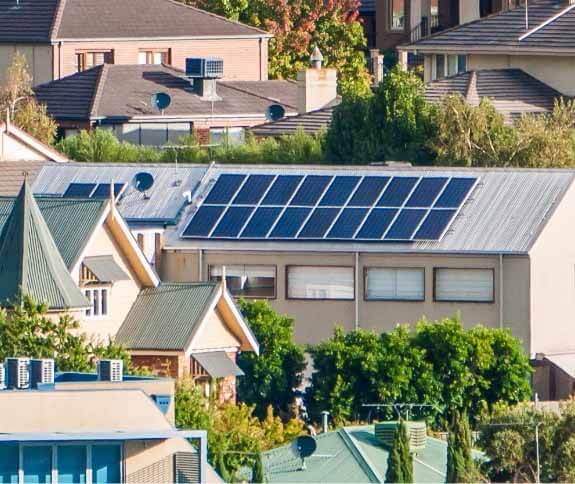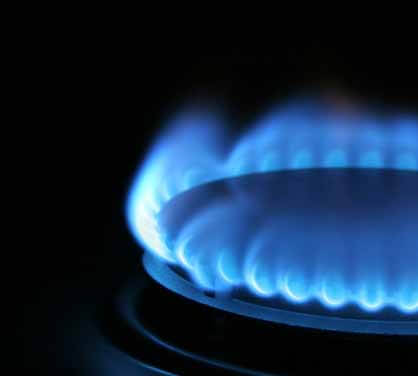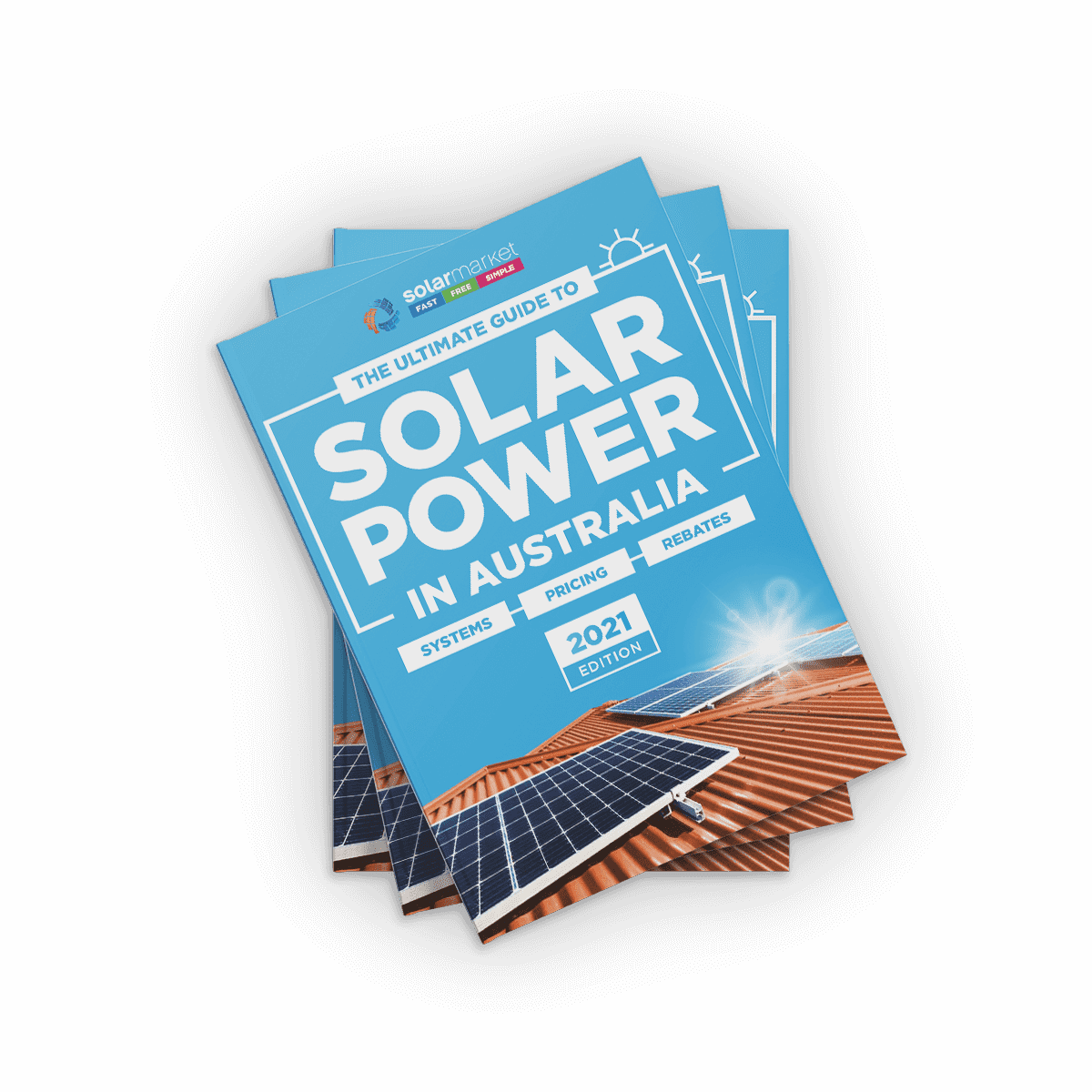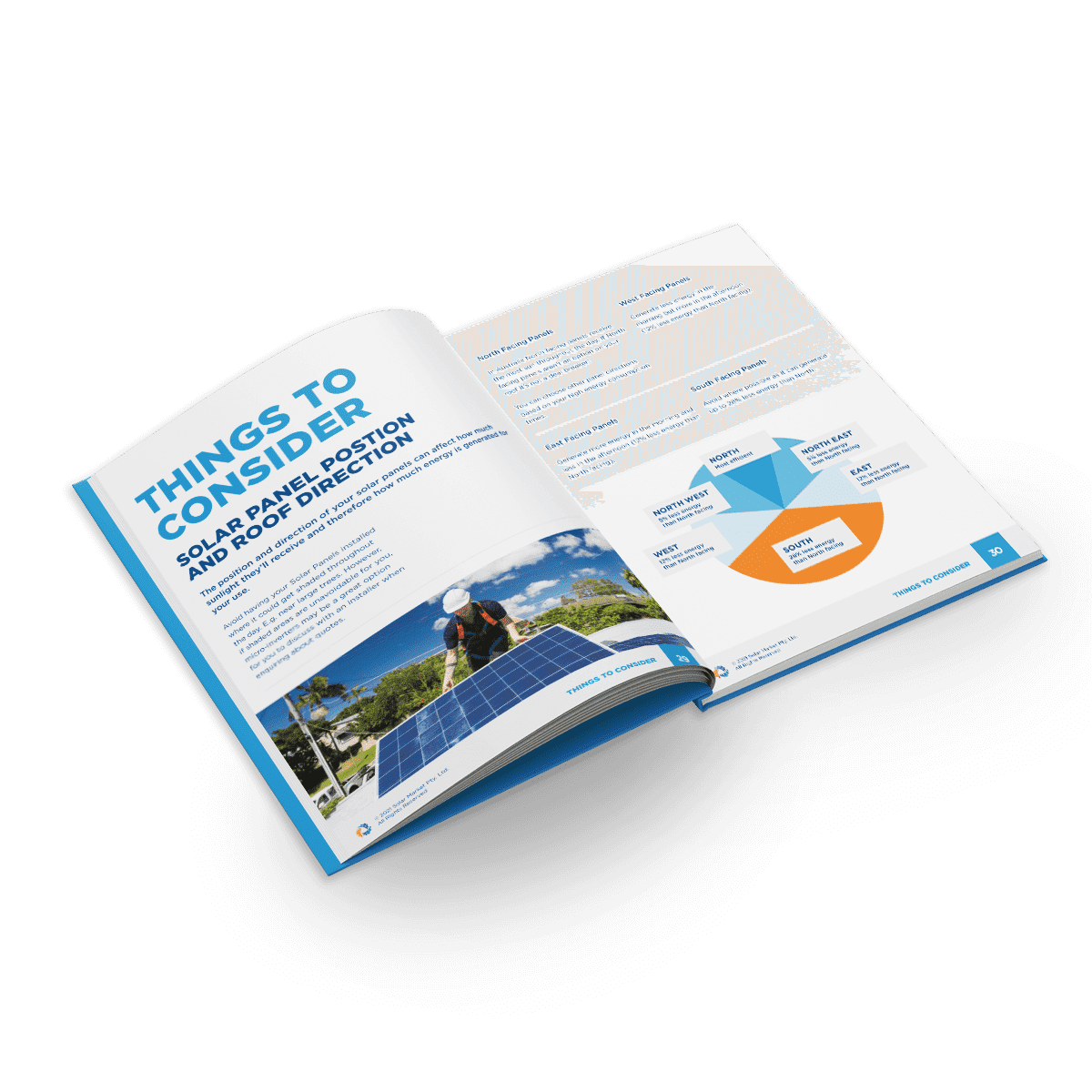Last updated October 2024
What should I look for in a solar installer?
Choosing a reliable solar installer and installation company can mean the difference between a smooth trouble-free installation or years of headaches and unanswered phone calls.
Take the time to ask a few questions before you sign on the dotted line, you won’t regret it.
IMPORTANT
Ensure your selected installer is a SAA Accredited Installer (formally CEC accredited). If the designer or the installer is not SAA accredited, you won’t receive the Federal Government rebate Small-Scale Technology Certificates (STCs).
Installing solar panels: what to look for in an installer
SAA Accreditation
SAA accreditation (formally CEC accreditation) means that the installer demonstrates competence in the design and installation of stand-alone and grid-connected solar PV systems. SAA accredited installers are also eligible for Government incentives and rebates, which can assist with the cost of your solar power system.
Informative sales process
The company installing solar PV panels should be transparent about the products they install and be willing to educate you and help you choose the best solar power system to meet your needs, not just sell you the solar panel brands that make them the most money.
Professional documentation
Although this doesn’t necessarily mean that the installation will be of high quality, it means that the solar company is serious and organised, which is a good sign. You should be presented with a professional-looking quote displaying all expenses plus the spec sheets for all components making up the system. On signing up, you should be sent an invoice and instructions on what will happen next.
Professional installation
The installers should turn up on time and if not, call ahead to let you know. They should discuss with you the location of the solar panels and the inverter and confirm that you’re happy with this. On completion, they’ll show you their work, show you how the solar inverter works and explain what kind of production you’ll receive. The area should be left clean and tidy and all rubbish removed. Warranty and other documentation are generally sent by mail the following week.
Who services your warranties?
This is a crucial question you need to ask your solar panel installation company. Ask who will cover the cost of shipping an inverter or panel back to the manufacturer and who will fit the replacement. If the company can’t answer this and it isn’t in their terms and conditions, walk away. Some may make you have yearly checkups of your solar panels, solar batteries, solar hot water systems, and solar power systems and if you miss this just once, it voids your installation warranty and they forgo any responsibility – don’t sign with companies like this, it’s unethical and most likely against the law.
After-sale service
Does the company follow up to make sure their solar systems are producing as they said it would? They should do this within a couple of months of installing your solar panels / solar system.
Additional things to look for
- Australian office and local phone number in case you have any post-installation queries/issues
- Positive reviews from previous customers
- Installers are SAA accredited
- Products available are CEC accredited
- A company that has been around for at least 3 years
What to avoid and warning signs
Pushy sales tactics
First off don’t feel pressured to sign up on the day of the quote, only dodgy companies employ this tactic. Avoid door-to-door salesman telling you if you don’t act now, you’ll miss out on discounts or Government incentives as it’s not the case.
One size fits all quotes
Every person, family and property will have different requirements when it comes to a solar power system and installation. If a company has a generic, non-tailored quote that goes out to all their customers, you are not getting an accurate quote and may be charged a completely different figure compared to what you initially intended to pay.
What is Solar Australia Accreditation (SAA)?
Accreditation for Solar Installers
Solar Accreditation Australia (SAA) provides standards in which installers need to adhere to obtain accreditation. This accreditation demonstrates that the installers are competent and comply with regulations and standards within the industry.
The installer needs to demonstrate competence in the design and installation of stand-alone and grid-connected PV solar systems. SAA accredited installers are also eligible for Government incentives and rebates, which can assist with the installation costs.
These standards were previously set and administered by the CEC — see our blog post here for more details on the change.
What is New Energy Tech (NET) Accreditation?
Accreditation for solar retailers
Signing to the New Energy Tech Consume Code (NETCC) and becoming a New Energy Tech Approved Seller is optional for solar retailers but is becoming more common due to some States making it a requirement when participating in State-based Government rebates or incentives. Signing to New Energy Tech Consume Code and becoming an Approved Seller means the solar company follows all relevant consumer protection laws and is prepared to back the operation of your solar PV system for at least five years. The code was put in place for solar companies to show their commitment to responsible sales and marketing activities and solar industry best practices.
Some State Government incentives require you to install with a company that is a NET Approved Seller; however, most only require the SAA Installer accreditation.
The New Energy Tech Consumer Code (NETCC) was introduced in 2023 to replace the previous Clean Energy Council (CEC) Approved Solar Retailer program. Read our blog post for more info on the change.
What is Clean Energy Council (CEC) Accreditation?
Accreditation for solar products
Approved modules and inverters that meet Australian Standards for use in the design and installation of solar photovoltaic (PV) systems.
All Government incentives require the system to consist of CEC-accredited products.
Accredited installers should always refer to the list(s) before performing an installation.
Other things to consider before installation
Orientation of the property
The orientation of your property can have a big impact on your solar panel installation.
When installing solar panels you want to place them in such a way that they generate electricity:
a) as efficiently as possible, and;
b) when you’re at home to use it
On the first point aim to place solar panels where they’ll get direct sunlight for the majority of the day.
North facing panels tend to get the most constant light morning through to afternoon, but if your roof is complicated and casts / receives a lot of shade this can impact your efficiency, and eat into what you save on your electricity bills. Make sure your solar installer factors this in when planning your solar panel layout.
That brings us to our second point. While east and west facing solar panels are unlikely to produce as much energy as north facing overall, they are more effective in the mornings and evenings respectively.
A lot of people are around at those times meaning there’s a lot of opportunity to put the electricity your solar system is producing at those times to use.
Remember, the best way to save on your energy bills is to maximise your use of the clean energy your solar panels produce and minimise what you export back to the grid.
Look at your energy usage habits and discuss them with your solar installer. They’ll help you come up with a plan to make the most of your home’s orientation when planning your solar system.
Your Roof
The condition, design, and type of roof can impact your solar panel installation. Here’s what you’ll need to consider:
- Material: A metal roof is generally easier and cheaper for solar panel installation over tiles, which is more labour intensive for your solar installer and requires additional fittings to secure your solar panels.
- Size: Roof size physically limits the number of solar panels you can include in your solar system. A small roof might force you to make the choice of either sacrificing capacity and going for a smaller system (kW) or picking up higher efficiency panels which can be more expensive.
- Pitch: Solar panels need to be angled to face the sun to maximise their efficiency. Most Australian homes have a pitched roof that angles between 15° and 22.5°. This isn’t strictly ‘optional’ but good enough. If your solar panel installation is being done on a flat roof then your solar installer should include some kind of bracket system to angle your solar panels so they receive the most sun possible.
- Condition: Your roof needs to be able to physically support your solar system. If yours is old or poorly maintained then get it assessed. You might need to repair or replace it before you go ahead with your solar panel installation.
Ground-Mounted Solar
Do any of the above conditions prevent roof installation on your property? If you have the room, think about using ground-mounted solar. This is most appropriate if you live in a rural area with large amounts of free land. Otherwise roof-mounted solar is likely to be the right choice for you.
Virtual Power Plants (VPPs)
A virtual power plant is made up of a network of battery systems and distributed solar power systems.
VPPs come into play during times of peak demand when wholesale power costs are high. A central VPP operator coordinates these Distributed Energy Resources (DERs). They release part (or all) of the stored energy from the batteries into the grid.
Sometimes the demand for energy is so low that the stability of the grid is at risk. In this case, the virtual power plant operator can instruct the batteries to charge. For the operator, offering these grid services may be a very lucrative game.
Basically, when a battery is a component of a virtual power plant, you cede control of it to a third party. In exchange, you receive a battery cost reduction upfront. You might also get a significantly larger solar feed-in tariff or both.
It’s crucial to study the fine print of any VPP offer. Some of them might be deceptive in the way they compensate you for excess solar energy supplied to the grid.
Solar Rebates in Your Area
It’s not just electricity bills and energy bills that solar power can save you money on – your installation can be subsidised.
Every Aussie homeowner can access the Federal STC scheme, which can knock thousands off the cost of your solar panel installation.
Many states are trying to transform the way they generate electricity with solar energy, and are offering their own solar rebates / incentives. Victoria has their Solar Homes Program for example, while New South Wales currently offers free 3kW solar systems to low income households.
Click the link to your state to discover the benefits your government can offer you when it comes to installing a renewable energy system!











